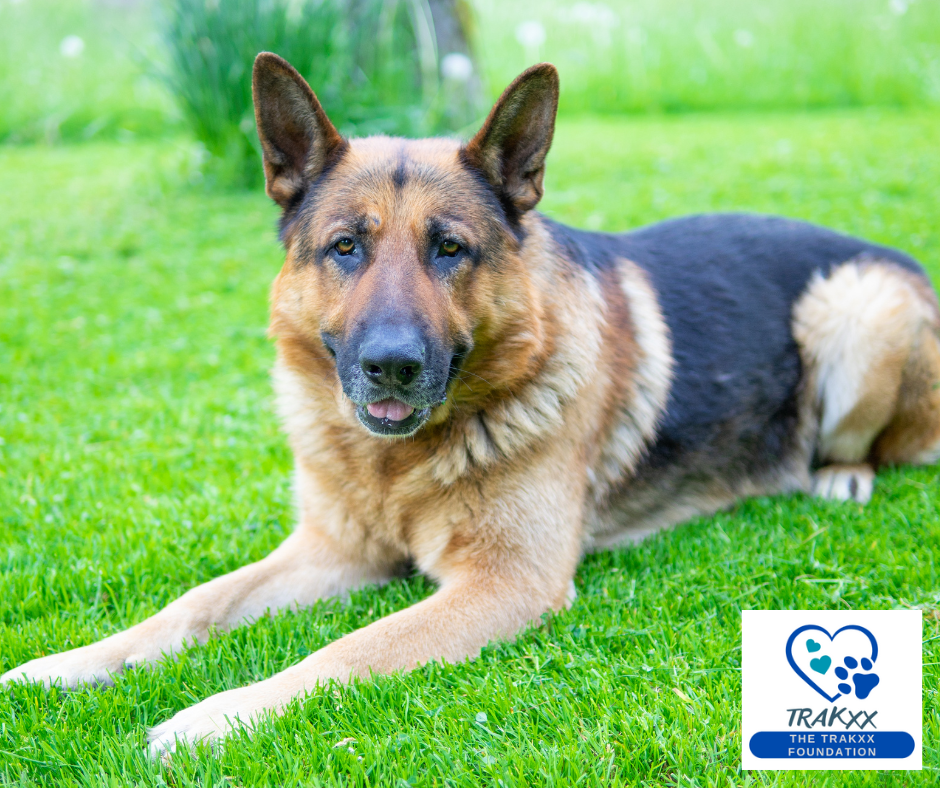When it comes to keeping our canine companions healthy, happy, and mentally stimulated, engaging them in activities suited to their breed can make all the difference. Here’s a detailed look into how you can tailor games and exercises to match the instincts, energy levels, and interests of various dog breeds.
Understanding Your Dog’s Breed
Every dog breed has been historically developed for specific tasks, whether it’s herding, hunting, retrieving, or simply being a companion. This background shapes their physical capabilities and mental inclinations.
- Herding Breeds (e.g., Border Collie, Australian Shepherd): These dogs have an inherent need to control movement. Activities like agility courses, herding balls, or even dog sports like Treibball where they herd large balls through an obstacle course, can fulfill their instincts.
- Hunting and Scent Hounds (e.g., Beagle, Bloodhound): Their keen sense of smell is their forte. Scent work, where they track hidden treats or toys, or even participating in earthdog trials where they follow tunnels, can be incredibly engaging.
- Retrievers (e.g., Labrador, Golden Retriever): Games like fetch or participating in dock diving where they retrieve objects from water taps into their natural retrieving behavior.
- Working Dogs (e.g., Rottweiler, German Shepherd): These dogs thrive on tasks. Activities like obedience training, tracking, or even pulling exercises (like dog scootering or carting) can be both physically and mentally stimulating.
- Companion Dogs (e.g., Cavalier King Charles Spaniel, Pug): While less energy-intensive games suffice, puzzles, short walks, and gentle play can keep them entertained without overexertion.
Breed-Specific Enrichment Ideas
- Mental Stimulation: For breeds like the Border Collie, interactive puzzle toys or teaching them to ‘put away’ toys or fetch specific items from around the house can challenge their intellect.
- Physical Exercise: Breeds like Boxers or Siberian Huskies might enjoy activities like lure coursing, where they chase a lure around a track, simulating the chase of prey.
- Social Activities: Dogs like Labradors or Golden Retrievers, known for their friendly nature, might benefit from playdates or training for therapy work, providing social interaction.
- Scavenger Hunts: For scent-driven dogs, setting up a scavenger hunt for treats or toys around the yard or home can be both fun and mentally engaging.
Incorporating Daily Life
- Walks with a Twist: Instead of a regular walk, incorporate snuffle mats or hide treats along the path, encouraging your dog to use their nose.
- Training Sessions: Regular, short training sessions can be both a mental workout and an opportunity to bond. Teach new tricks or commands that challenge your dog.
- DIY Games: For those interested in DIY, creating obstacle courses or using everyday items like boxes or tunnels can create a fun environment for exploration.
Engaging your dog in breed-specific activities not only caters to their physical needs but also fulfills their psychological requirements, reducing behavioral issues born out of boredom or frustration. Whether it’s through structured sports, casual games, or daily routines enriched with puzzles and searches, understanding and catering to your dog’s breed characteristics can lead to a happier, healthier pet. Remember, each dog is an individual, so while breed tendencies guide us, your dog’s personal preferences might vary. Adjust and adapt the activities to what your dog shows enthusiasm for, ensuring both of you enjoy the time spent together.


1 Reply to “Tailoring Activities to Your Dog’s Breed”